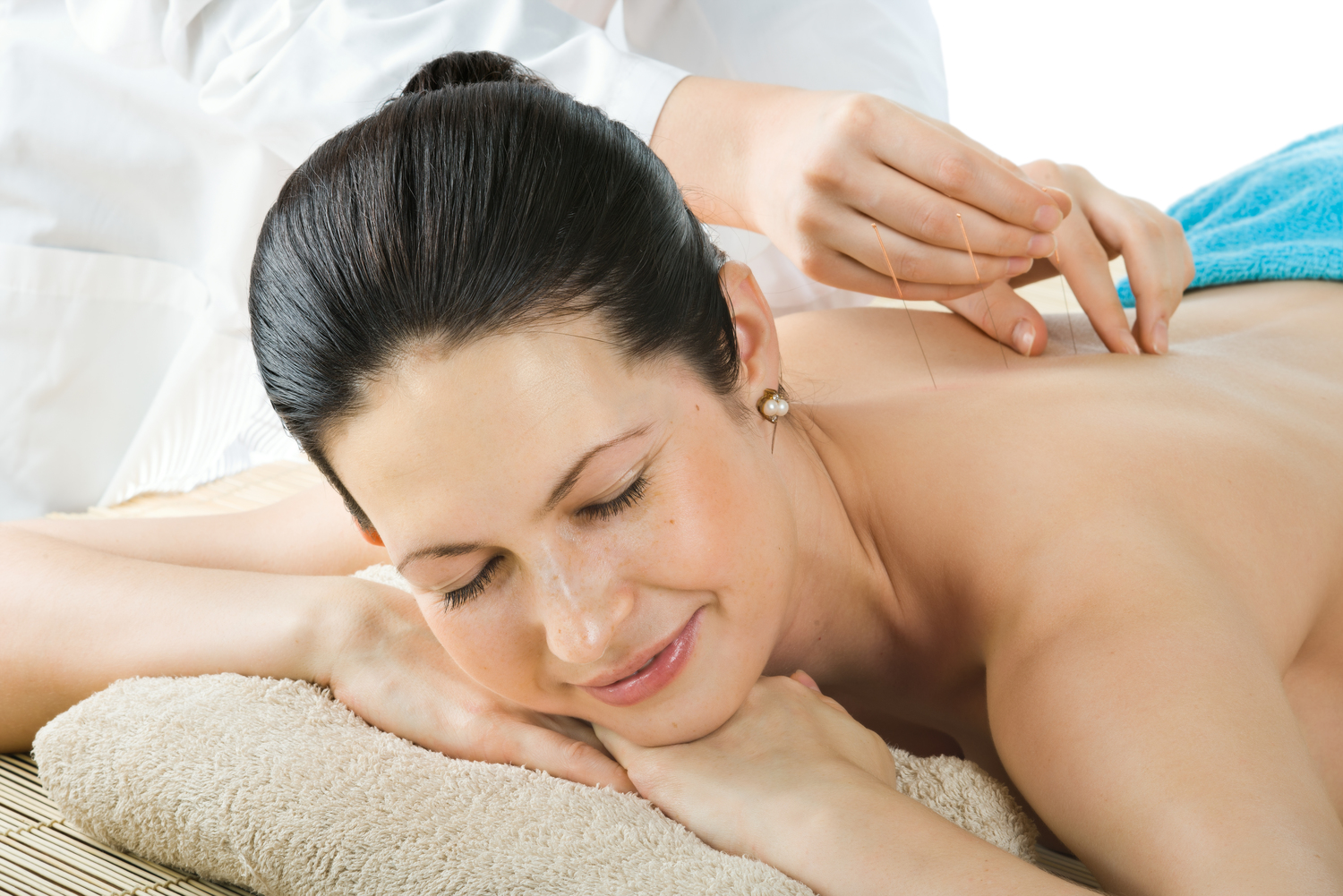Remedies to Treat Overactive Bladder
Urinary incontinence is a common problem which can impact almost every aspect of one’s life. Apart from just being an embarrassing situation, overactive bladder, if not checked in initial stages, can lead to major health problems too. The good part is there are ways to overcome this problem. From medication to behavioral changes, or sometimes the combination of both the procedures can help to combat the problem. Although there are natural ways, one must visit a doctor for proper evaluation.

Take notes of all the occurrences
Since the disease is treatable, try the suggested behavioral modifications and lifestyle changes before jumping into medicine or surgery. For starters, keep track of the amount of fluid consumed, the number of times you urinate, the number of times you leak urine by accident and when exactly these incidents occur such as during coughing or laughing.
Bladder training and pelvic floor exercises are the two of the most popular natural remedies for overactive bladder. These non-drug remedies for overactive bladder have been proved to be highly effective amongst women and most importantly, they do not have any side effect . Bladder training involves setting a fixed routine for urination and is widely prescribed as one of the non-medicinal remedies for overactive bladder. As you understand the factors that cause the disorder , it will be easier to implement the remedies for overactive bladder.
Pelvic floor exercises
There are specific exercises which strengthen the muscles around the pelvic zone and eventually the muscles around the bladder. Pelvic floor exercises, called Kegels involve tightening, holding and then relaxing the muscles required during the flow of urination. This special exercise training is called biofeedback with which you can locate the right muscles to squeeze. Starting with a few Kegel exercises at a time, the routine can go up to three sets of 10. It helps to decrease the urgency and hold the urine more effectively. In the case of a severe overactive bladder, electrical stimulation is used where an electrical pulse is sent through electrodes.
Drugs for overactive bladder
Medicines are not always the required remedies for overactive bladder. Anticholinergics are sometimes prescribed to control the muscle spasms of which dicyclomine , oxybutynin, fesoterodine , propantheline , solifenacin , and tolterodine are common ones.
Oxytrol is the only drug available over the counter for women. The most common side effect is dry mouth but is also sometimes followed by blurred vision, constipation, and rapid heartbeat. However, before using anticholinergics, one should consult the doctor. People with glaucoma, gastrointestinal disease, and urinary retention should avoid the drug.
Generally, these medications activate the protein receptor in bladder muscles which help to fill the urine in the bladder. It increases the capacity in the bladder by lessening the contraction. For those who are unable to control symptoms with behavioral therapies and oral medications , Botox is prescribed. It takes about twelve weeks to complete a cycle of botox treatment.
Botox injections, however, have certain side effects such as urinary retention, incomplete emptying of the bladder, pain during urination and urinary tract infections.
Practice a healthy lifestyle
Smoking adds to the urinary bladder overactive problem as smoker’s cough might lead to urine leakage. Consuming non-irritating fluids does not affect the system but caffeinated beverages or acidic liquids can worsen the persisting symptoms.
Diet regulation
Every health issue is related to the dietary behavior. Spicy foods, for instance, those with hot peppers and curry are not good for regular diets. Orange, tangerine or other citrus fruits and juices should also be avoided in case of overactive bladder. Alcoholic beverages, chocolates, caffeinated tea and coffee etc. should also be on the reject list.
Healthy bowel habits are also linked directly with the diet habits. Bran cereal, whole wheat bread, and fresh fruits involve more fiber. Regular exercise program also helps to maintain a clean bowel.
Weight issues
In the initial stages of the overactive bladder, losing weight can help to cut down the symptoms. People with overweight have the higher risk of developing stress incontinence. This happens when someone unintentionally loses urine during physical activity caused by the weakened pelvic muscles. This is more commonly found in women when urine is leaked during laughing, exercising or coughing.
Stimulation
Nerve stimulation is the last resort when everything else fails. A neurotransmitter device is attached in the sacral nerve stimulation which sends light electrical impulses. It helps to improve bladder control but does not cure the overactive bladder completely. The most it can do is decrease the wetting episodes and the frequency of urination.
Natural options
Buchu Plant has antibacterial and anti-inflammatory properties which can heal the overactive bladder. Saw Palmetto also has the same effect and is used for men with enlarged prostate glands. It can also help to reduce urinary urgency. Naturopathic doctors have much faith on quercetin that acts as one of the natural anti-inflammatory remedies for overactive bladder and helps to decrease the urgency of urination.




